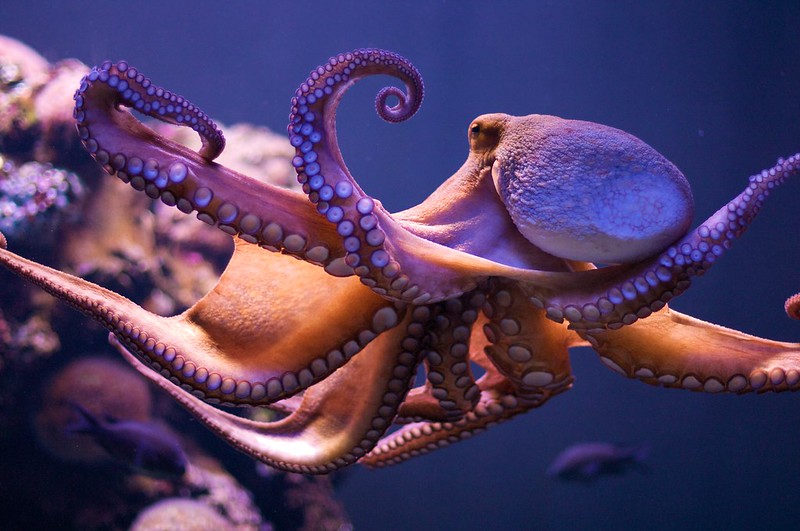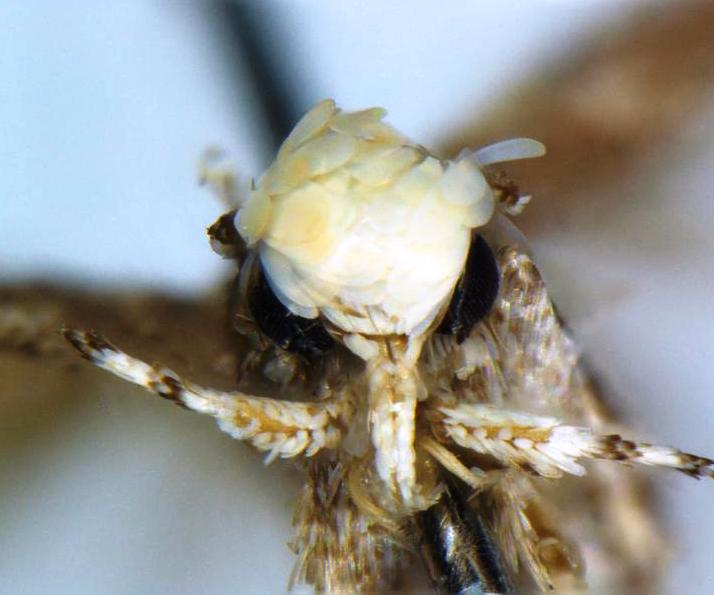
US President Joe Biden has a lot of things named after him, including a planet and a train station, but the most unusual one yet is an octopus. A cephalopod, whose ancestors roamed the oceans millions of years ago, was named after Biden on Tuesday, with its description published in Nature Communications.
Dating over 328 million years ago, Syllipsimopodi bideni now breaks the fossil record of the vampyropods, the group of cephalopods containing octopus and vampire squid, by over 82 million years. This suggests that the first cephalopods all had ten arms — two of which have been lost in the intervening period during the evolution of modern octopuses.
“This is the first and only known vampyropod to possess ten functional appendages,” saidDr. Christopher Whalen, the lead author of the description of the fossil species. “The arm count is one of the defining characteristics separating the Decabrachia, which include 10-armed squid and cuttlefish, from the Vampyropoda, which are made up of eight-armed octopus and vampire squid.”

“We have long understood that octopuses achieved their eight-arm count through elimination of the two filaments of vampire squid, and that these filaments are vestigial arms,” Whalen said. “However, all previously reported fossil vampyropods preserving the appendages only have eight arms, so this fossil is arguably the first confirmation of the idea that all cephalopods ancestrally possessed ten arms.”
An octopus species with ten arms is “interesting”
“Vampyropods, as a group, have eight arms generally, so a species with 10 is quite interesting,” the Natural History Museum’s Fossil Invertebrates Curator Zoë Hughes, who was not involved with the description, said. “Furthermore, the quality of the taxonomy of the coleoids depends on the fossils that are found, as we generally base it on rare fossils.”

“The completeness of this specimen gives us some evolutionary ideas as we don’t know a lot about a lot of these groups,” Hughes said. “This will help to fill in some of the knowledge gaps that we’ve previously had to make inferences about.”
Vampyropods, which is a main group of cephalopods, includes extinct animals like ammonites and belemnites as well as living animals such as nautiluses and cuttlefish.
More questions remain even as genetic evidence answers some questions on origins
Genetic evidence suggested that coleoids could date back over 300 million years, but the earliest fossil dates to around 240 million years ago.
These genetic estimates have now been validated with Syllipsimopodi bideni, which was found in rocks in Montana, expected to be dated to between 330 and 323 million years ago. It was donated to the Royal Ontario Museum in Toronto, Canada, in the 1980s and recently recognized as its own species and genus by researchers working there.
The fossil is streamlined, with a 12-centimeter-long body similar to those of modern squids. However, while squid have eight arms and two tentacles, all of Syllipsimopodi bideni’s limbs are arms, as they have suckers along their entire length.
These arms would likely have been used to capture and manipulate prey, while using the fins on its body to stabilize itself while swimming.
Syllipsimopodi bideni may have filled a niche more similar to extant squids as a midlevel aquatic predator, study co-author Dr. Neil Landman said. “It is not inconceivable that it might have used its sucker-laden arms to pry small ammonoids out of their shells or ventured more inshore to prey on brachiopods, bivalves, or other shelled marine animals.”
Subsequently, a pair of the arms were also lost as the body became more recognizably like modern octopuses.
The arms of Syllipsimopodi bideni are also responsible for its genus name, with the name translating as “prehensile feet.” This is because cephalopod arms are somewhat confusingly derived from tissue that forms the foot in other molluscs.

More animal-themed Presidential honors
The species name, Syllipsimopodi bideni, honours Biden.
The vampyropod is the first species to be named after the president, but many of his predecessors have also shared the honor of having an organism named after them.
Abraham Lincoln and Ronald Reagan had insects named after them while Bill Clinton and Jimmy Carter had a fish, and Barack Obama had a flatworm. Biden’s predecessor, Donald Trump, also had an insect named after him, the Neopalpa donaldtrumpi, which was named after him due to its head’s resemblance to the former US president.
See all the latest news from Greece and the world at Greekreporter.com. Contact our newsroom to report an update or send your story, photos and videos. Follow GR on Google News and subscribe here to our daily email!



